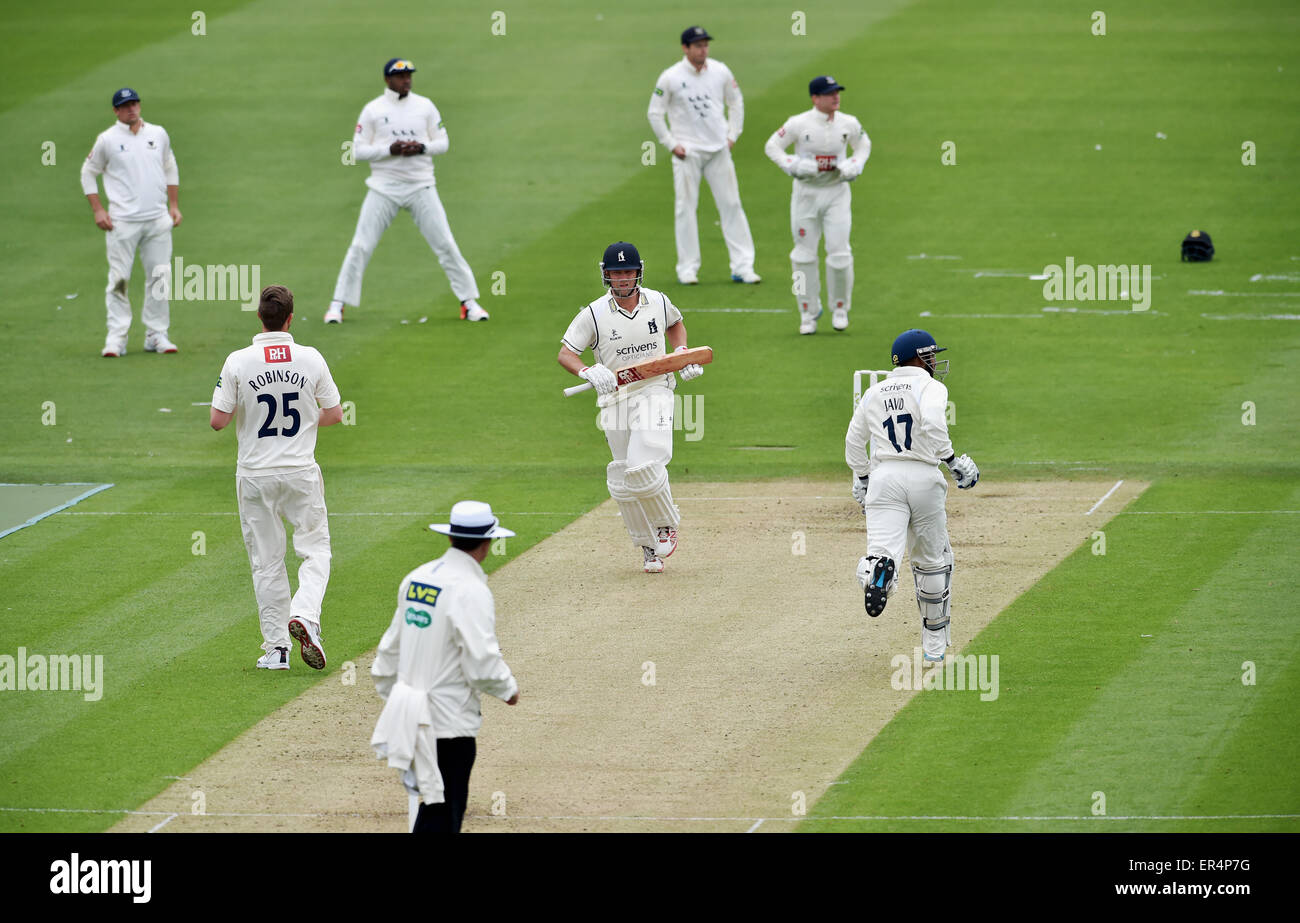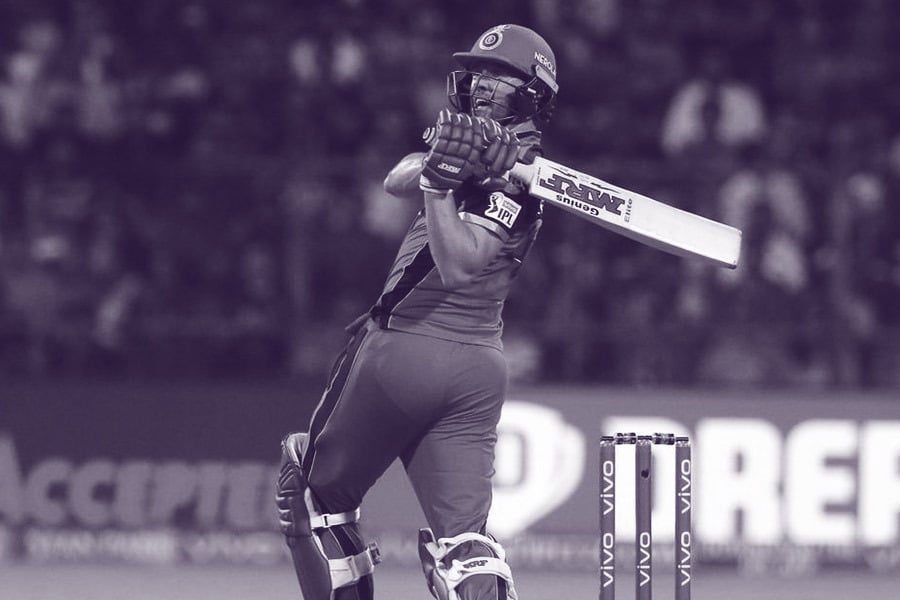
You'll love the rules of cricket if you are a fan. This article will give you information about topics such as batsman responsibility, field placement, the Umpire signal, and follow-on. It's important to understand all these rules, because they affect every aspect of the game.
Batsman's Responsibility
Each batsman in cricket has a specific responsibility. He must score runs and not give up the ball. If he fails to score runs, he is 'out' and the bowler takes his wicket. The batsman has the responsibility of protecting his stumps and taking advantage off bad deliveries.
Field placement
Field placement in cricket rules is the art of positioning your fielders in the most advantageous spot for the team to score runs. The tactical situation, type of ball and bowler are all factors that will determine where your fielders should be placed. You must remember that fielders can't stand on the pitch and cast shadows, unless the batter has hit the ball.

Umpire's signal
In cricket, an umpire's signal is a sign that a specific action is about to take place. This signal is used to determine the outcome of a match. It may be used to cause the ball or other objects to be caught. There are two parts to the signal. The first involves raising one hand, which is usually done at the shoulder. You can also hold your hands out with your palms facing one another. It can also be as simple as raising the index finger above shoulder level.
Follow-on
"Follow-on" refers to the situation in cricket when teams can bat again following a loss. Follow-ons are used to speed up the end of a match and give bowlers an opportunity to make the most out of favorable conditions. When a team is trying for 150 runs, batting can be a good option.
LBW
In cricket rules, a batsman is out if he is LBW (out-leg-before-wicket). A batsman can be out if he fails to make contact with the ball or if the ball hits his pads before it hits the batsman's stumps. If the ball had not struck the pads of the batsman, the umpire will determine whether it would have reached the stumps.
Fielding a team
The fielding team in cricket is the team that stands outside of the boundary to catch the ball. Many factors affect the fielding position: speed, catching abilities, tactics, bravery and bravery.

Overs
There are many rules that govern the overs of cricket. The rules that govern overs include how many balls must be delivered and who is responsible for completing an over. Six runs will be assessed to the team if an over isn't completed. Six balls is considered a valid over.